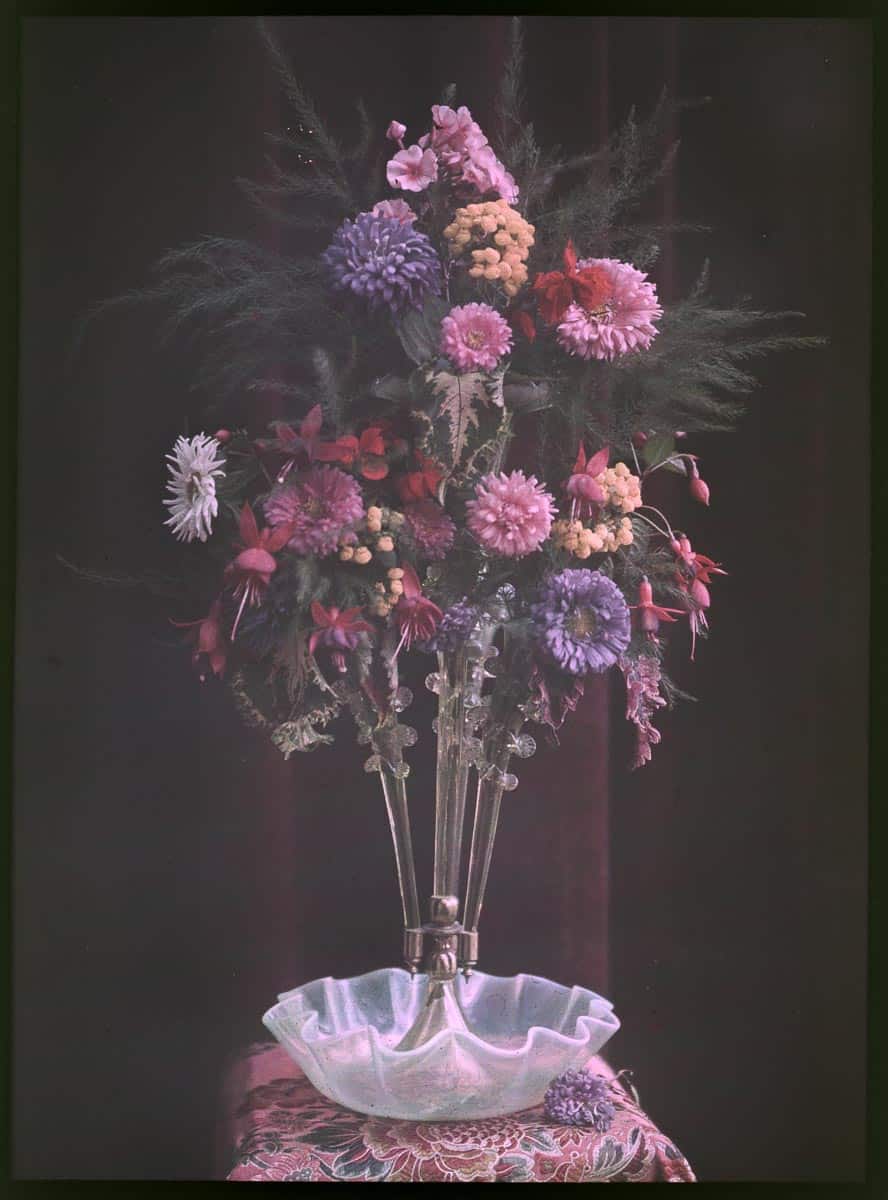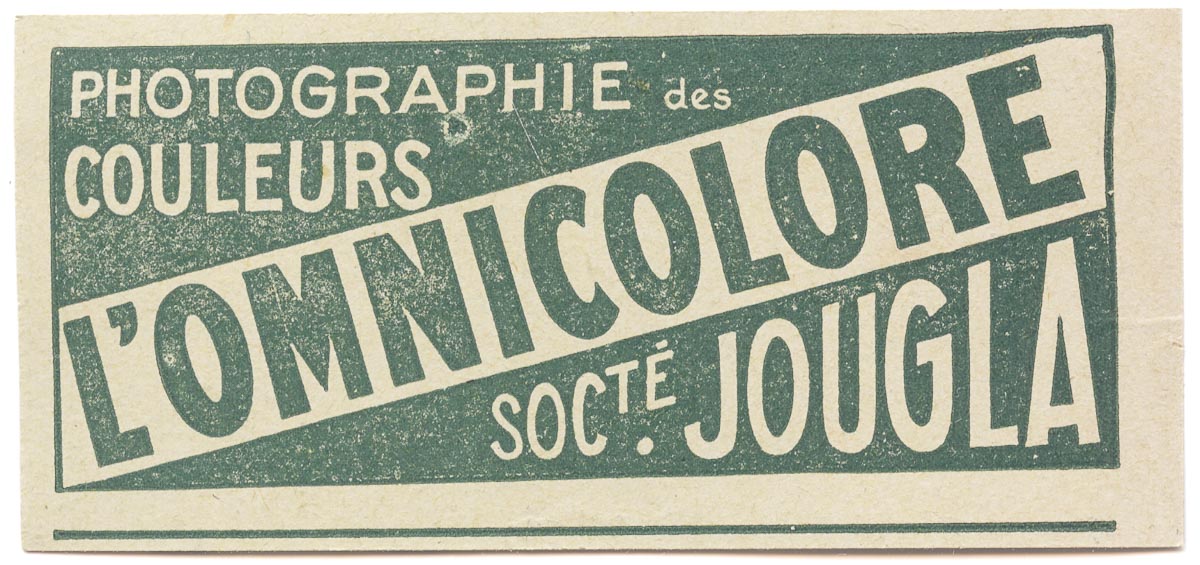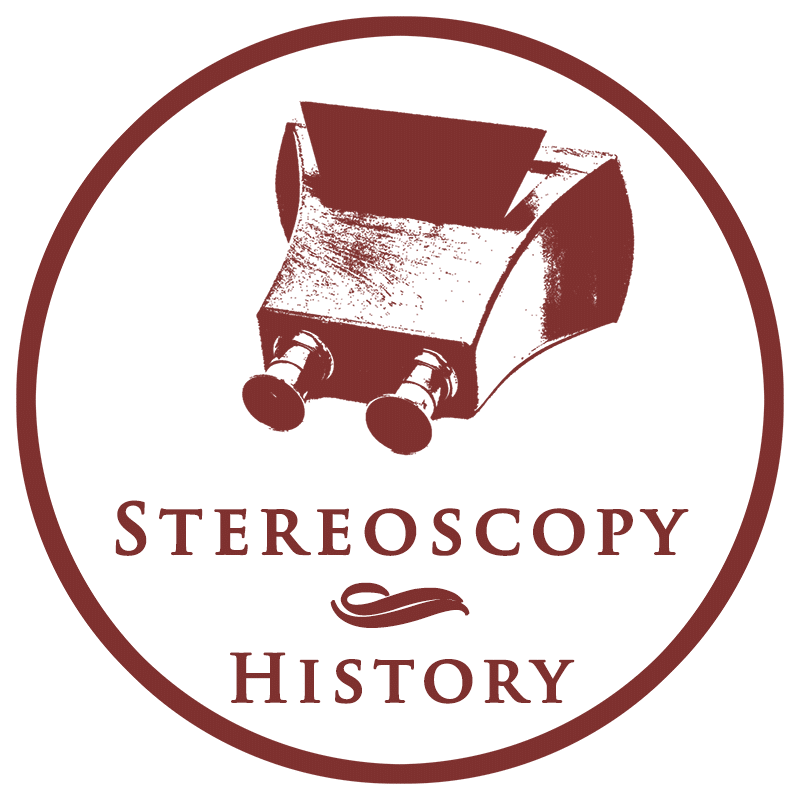
Jougla Omnicolore is a lesser known colour process based on an invention by Louis Ducos du Hauron (1837–1920) and industrialised by Jougla. It was introduced in 1907, the same year as the Autochrome Lumière process. Ducos du Hauron was an inventor and one of the early pioneers in the search for colour photography. The Jougla company was founded by the brothers Joseph and Zacharie Jougla in 1882. They produced gelatin silver glass plates, print out paper (POP), chemicals for developing negatives and the Sinnox camera1.
Autochrome and Omnicolore were based on the same principles of additive colour and the screen process. Instead of the used starch grains by the autochrome process, Omnicolore used a pattern of ink lines and square dots to form the colour filter screen. The Omnicolore plates were more sensitive than autochrome and thus required shorter exposure times. This greater sensitivity was due to the imperfect colour filter screen and the colour quality was less than autochrome2. The plates were available in many different sizes, including the 45 x 107 mm and 6 x 13 cm stereo formats.

Competition in the market for glass plates and other photography accessories was tough. Jougla merged with Lumière to the Union Photographique Industrielle in 1911. The new company sold its products as Lumière & Jougla and gained a better competitive position. However, the merger also meant the end of Omnicolore. Maintaining two colour processes was not cost-effective given the small market for colour photography. Autochrome was the preferred process for the new company and Omnicolore disappeared from the market in 1912.
Glossary: autochrome / additive colour / screen process
References
- Louis Ducos du Hauron – His time in Paris. Via: ducosduhauron.com ↩︎
- Coe, B. (1978) Colour Photography – The first hundred years. p. 56-57. ↩︎
